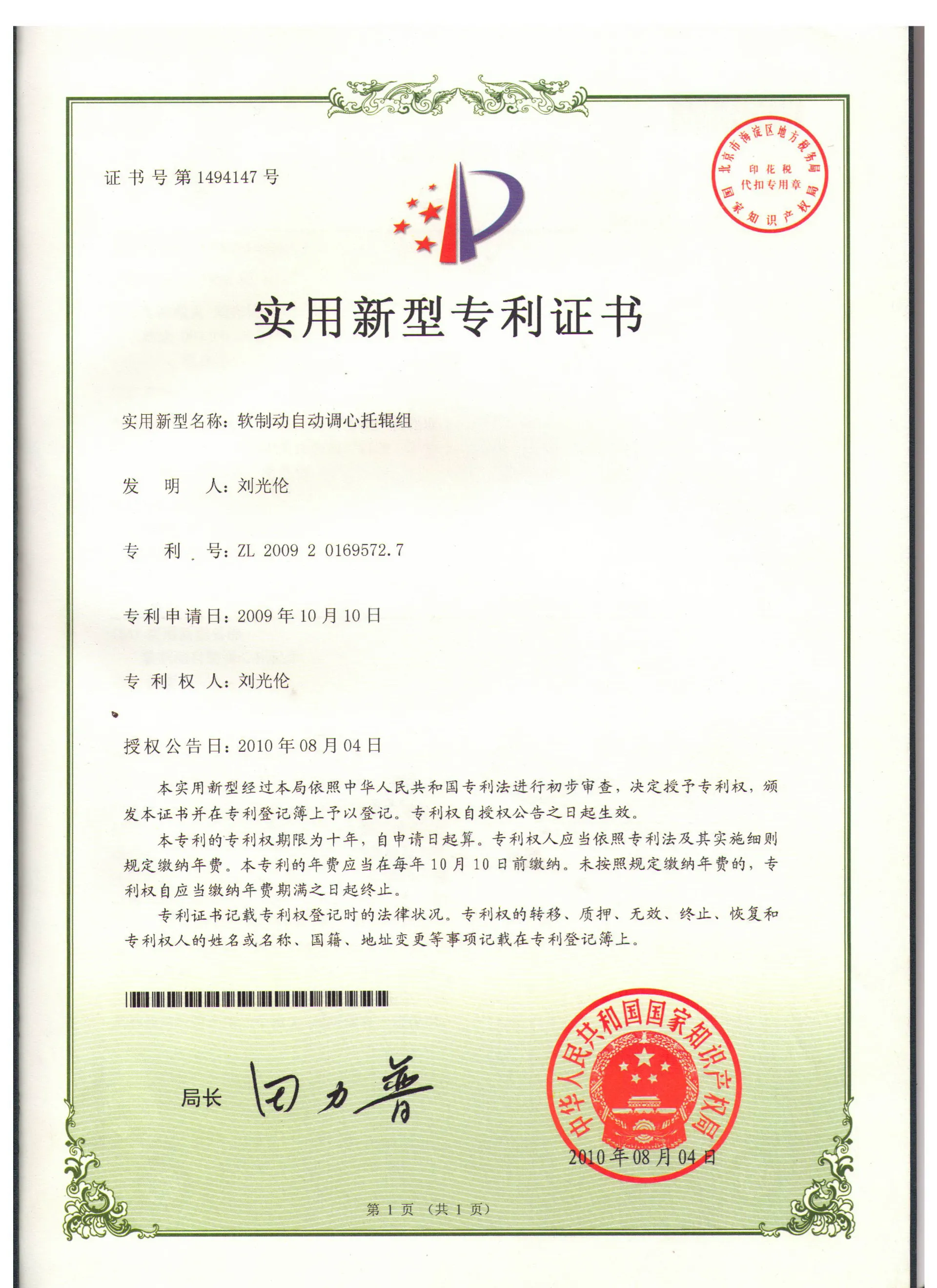 Afrikaans
Afrikaans  Albanian
Albanian  Amharic
Amharic  Arabic
Arabic  Armenian
Armenian  Azerbaijani
Azerbaijani  Basque
Basque  Belarusian
Belarusian  Bengali
Bengali  Bosnian
Bosnian  Bulgarian
Bulgarian  Catalan
Catalan  Cebuano
Cebuano  Corsican
Corsican  Croatian
Croatian  Czech
Czech  Danish
Danish  Dutch
Dutch  English
English  Esperanto
Esperanto  Estonian
Estonian  Finnish
Finnish  French
French  Frisian
Frisian  Galician
Galician  Georgian
Georgian  German
German  Greek
Greek  Gujarati
Gujarati  Haitian Creole
Haitian Creole  hausa
hausa  hawaiian
hawaiian  Hebrew
Hebrew  Hindi
Hindi  Miao
Miao  Hungarian
Hungarian  Icelandic
Icelandic  igbo
igbo  Indonesian
Indonesian  irish
irish  Italian
Italian  Japanese
Japanese  Javanese
Javanese  Kannada
Kannada  kazakh
kazakh  Khmer
Khmer  Rwandese
Rwandese  Korean
Korean  Kurdish
Kurdish  Kyrgyz
Kyrgyz  Lao
Lao  Latin
Latin  Latvian
Latvian  Lithuanian
Lithuanian  Luxembourgish
Luxembourgish  Macedonian
Macedonian  Malgashi
Malgashi  Malay
Malay  Malayalam
Malayalam  Maltese
Maltese  Maori
Maori  Marathi
Marathi  Mongolian
Mongolian  Myanmar
Myanmar  Nepali
Nepali  Norwegian
Norwegian  Norwegian
Norwegian  Occitan
Occitan  Pashto
Pashto  Persian
Persian  Polish
Polish  Portuguese
Portuguese  Punjabi
Punjabi  Romanian
Romanian  Russian
Russian  Samoan
Samoan  Scottish Gaelic
Scottish Gaelic  Serbian
Serbian  Sesotho
Sesotho  Shona
Shona  Sindhi
Sindhi  Sinhala
Sinhala  Slovak
Slovak  Slovenian
Slovenian  Somali
Somali  Spanish
Spanish  Sundanese
Sundanese  Swahili
Swahili  Swedish
Swedish  Tagalog
Tagalog  Tajik
Tajik  Tamil
Tamil  Tatar
Tatar  Telugu
Telugu  Thai
Thai  Turkish
Turkish  Turkmen
Turkmen  Ukrainian
Ukrainian  Urdu
Urdu  Uighur
Uighur  Uzbek
Uzbek  Vietnamese
Vietnamese  Welsh
Welsh  Bantu
Bantu  Yiddish
Yiddish  Yoruba
Yoruba  Zulu
Zulu Understanding the Different Types of Idlers Used in Belt Conveyor Systems for Enhanced Efficiency
Understanding Belt Conveyor Idler Types
Belt conveyors are an essential component in various industries, facilitating the efficient movement of materials over short and long distances. Central to the function of a belt conveyor system are idlers—roller assemblies that support the conveyor belt as it moves. Choosing the right type of idler is critical for ensuring optimal performance and longevity of the conveyor system. This article explores the different types of belt conveyor idlers and their unique functions.
1. Flat Idlers
Flat idlers are the most common type of idler used in belt conveyor systems. These idlers consist of a simple cylindrical roller that is mounted horizontally. Their primary function is to provide a stable support structure for the belt as it moves across the conveyor. Flat idlers are typically used in applications with lighter loads and are suitable for conveying bulk materials such as grains, coal, and other similar materials.
2. Carrying Idlers
Carrying idlers are a specific type of flat idler designed to support the load from the material being conveyed. They are usually positioned beneath the conveyor belt to bear the weight, enabling smooth material flow. Depending on the load conditions, carrying idlers come in different configurations, including standard, heavy-duty, and impact idlers.
- Standard Carrying Idlers are adequate for general applications. - Heavy-Duty Carrying Idlers are designed for industries that deal with high-load materials, offering extra support and sturdiness. - Impact Idlers are placed at loading points to absorb shock and reduce wear and tear on the conveyor belt.
belt conveyor idler types

Return idlers, as the name suggests, support the return side of the conveyor belt. They ensure that the belt maintains its shape and alignment as it returns to the loading area after discharging the material. Return idlers are crucial for preventing excessive wear and potential belt damage. They are generally narrower than carrying idlers as they do not support the same loads.
4. Training Idlers
Also known as troughing idlers, training idlers play an essential role in keeping the conveyor belt aligned. These idlers are designed to tilt the belt slightly inward, creating a “trough” shape that helps contain the material being transported. This design not only improves material containment but also ensures the belt remains centered throughout its operational life. Training idlers are vital in preventing misalignments, reducing operational downtime, and extending belt life.
5. Specialty Idlers
In addition to the standard idler types, there are specialty idlers that serve specific purposes in conveyor systems. For instance, self-cleaning idlers are designed with angled surfaces that help prevent material buildup on the rollers, reducing maintenance issues. Dust control idlers have enclosures or covers that help minimize dust emissions during material conveyance, which is crucial in industries where air quality is a concern.
Conclusion
Selecting the proper idler type is fundamental to achieving efficiency and longevity in belt conveyor systems. The choice between flat idlers, carrying idlers, return idlers, and specialty idlers depends on various factors such as load type, operating conditions, and maintenance capabilities. By understanding the different idler types and their respective functions, industries can optimize their conveyor operations, minimize downtime, and ensure smooth material handling processes. Proper maintenance and regular inspections of idlers also play a significant role in maximizing the performance and lifespan of conveyor systems.
-
Revolutionizing Conveyor Reliability with Advanced Rubber Lagging PulleysNewsJul.22,2025
-
Powering Precision and Durability with Expert Manufacturers of Conveyor ComponentsNewsJul.22,2025
-
Optimizing Conveyor Systems with Advanced Conveyor AccessoriesNewsJul.22,2025
-
Maximize Conveyor Efficiency with Quality Conveyor Idler PulleysNewsJul.22,2025
-
Future-Proof Your Conveyor System with High-Performance Polyurethane RollerNewsJul.22,2025
-
Driving Efficiency Forward with Quality Idlers and RollersNewsJul.22,2025





























